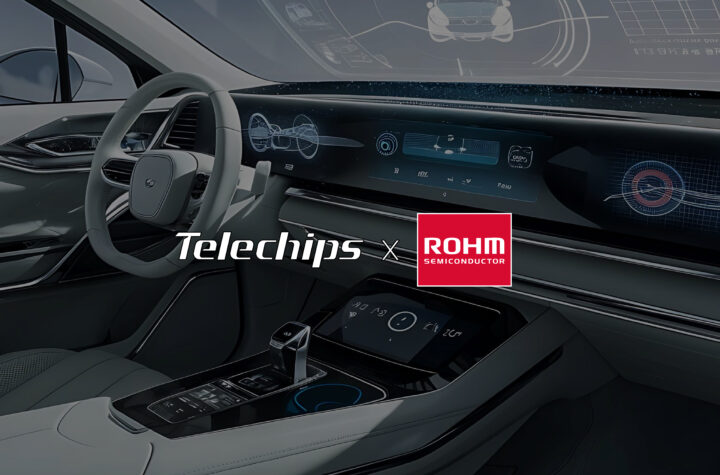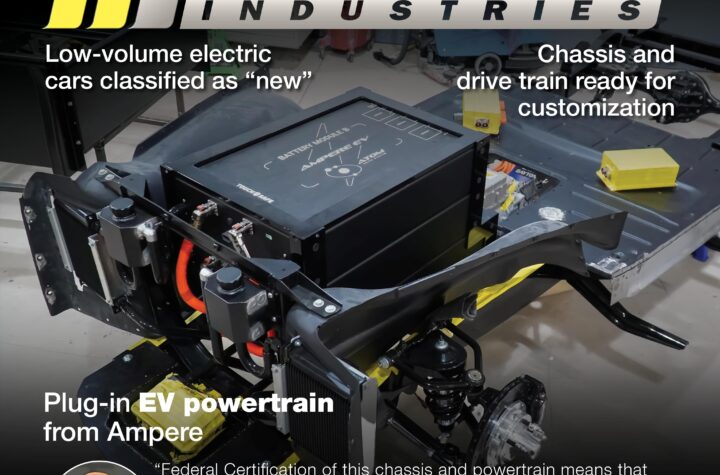
Toyota’s comprehensive analysis of vehicle C02 emissions over the life of the vehicle reveals some surprises.
For Toyota Motor Corp., the future is “hybrids.” Dr. Hiroyuki Watanabe, one of the forces behind the launch of the Prius seven years ago, declares that hybrid technology “is the core technology not only for future gasoline and diesel engines, but for fuel cells as well.” At a recent technology briefing in Tokyo, Watanabe, who heads Toyota’s environment division, noted that the automaker has taken a multidirectional approach to developing the ultimate “eco” car which includes, in addition to hybrid technology, clean fuels and lightweight, recyclable materials.
He explained that hybrid vehicles engage the gasoline engine when driving efficiency is good and disengage it when efficiency is poor, running off the battery and electric motor. “When efficiency improves, excess energy is stored as electricity in the battery and used when there is an energy shortfall,” he says.
 |
| The Toyota FCHV fuel cell vehicle may not produce any hydrocarbon emissions, but it placed well behind the 2001 Prius and just ahead of Toyota’s gasolin-powered cars in C02 emissions according to Toyota’s Life Cycle Assessment. |
Against this backdrop, he warns that there are two major environmental issues facing the world’s automakers. The first, to make cleaner exhaust, will largely be resolved in industrialized countries by 2010, says Watanabe. “The remaining challenge will be to spread these technologies throughout the developing world.” The second issue, curbing CO2 emissions, is more problematic, he says, and should be addressed through tighter regulations and a coordinated global effort. Watanabe warns that failure to take action will only exacerbate the problem as the world’s car pool is expected to grow to more than 1.1 billion vehicles by the middle of the century, up 50 percent from an estimated 750 million in 2000, in line with global population trends.
Citing Intergovernment Panel on Climate Change statistics, the Toyota executive noted that if current trends continue, CO2 density could reach 1,000 ppm in 2100, up from an estimated 370 ppm in 2000. He additionally warned that known petroleum reserves are likely to be depleted by 2050.
To address the CO2 problem, Toyota several years ago began a comprehensive analysis of CO2 emissions throughout the life of a car from material and parts production to maintenance and disposal. This analysis, called “Life Cycle Assessment,” has been applied to most new Toyota models since 2001: in total, 26 vehicles including those powered by conventional gasoline and diesel engines, hybrid units and fuel cells (see Table 1).
Not surprisingly, given the automaker’s focus on hybrid technology, the gas-electric hybrid Prius registered the lowest score of 67, compared to 100 for pure gasoline vehicles like the Corolla, with the fuel cell-powered FCHV falling in between at 80.
In the case of gasoline vehicles, the biggest generator of CO2 is driving, accounting for 72 percent of emissions through the life of a car. This compares to 54 percent for hydrogen production in the case of the FCHV. Thus, looking only at CO2 emissions from fuel production, hydrogen for the FCHV accounts for a 43 percent share compared to 8 percent for gasoline and diesel fuel (see Table 2).
“In order for fuel cells to come into the mainstream,” explains Watanabe, “we must overcome more challenges — namely, the further improvement of hydrogen production efficiency, and material and component manufacturing for the fuel cell system.”
Looking at the current market for gaselectric hybrids, Toyota sold a cumulative 318,500 units through 2004 including 278,700 Prius. In 2004, Prius sales totaled 125,700 units.
TABLE 1: VEHICLES ANALYZED
| Allion, Alphard, Caldina, Corolla, Crown, Crown Majesta, Estima, FCHV, FCHV Bus, Harrier, Isis, ist, Kluger V, Mark X, Passo, Porto, Premio, Prius (2001 model), Raum, Rav4, Sienta, Vitz, Will Cylpha. |
TABLE 2: EMISSIONS COMPARISON
| a) FCHV CO2 Emissions | |
| Fuel production | 54% |
| Vehicle production | 13% |
| Material production | 32% |
| Others | 1% |
| b) Gasoline Vehicle CO2 Emissions | |
| Driving | 72% |
| Fuel production | 8% |
| Vehicle production | 6% |
| Material production | 12% |
| Others | 2% |
This article was provided exclusively to Automotive Industries by J•REPORTS, a new information service offering in-depth coverage of automotive technology based in Tokyo. For additional information about this and other studies and prices, contact JRepts@aol.com.















More Stories
How to Choose the Best Mobile Car Locksmith in Las Vegas
Ensuring Accuracy and Accountability With AI-Powered Time Tracking Software
The Relationship between Defective Airbags and Car Accidents